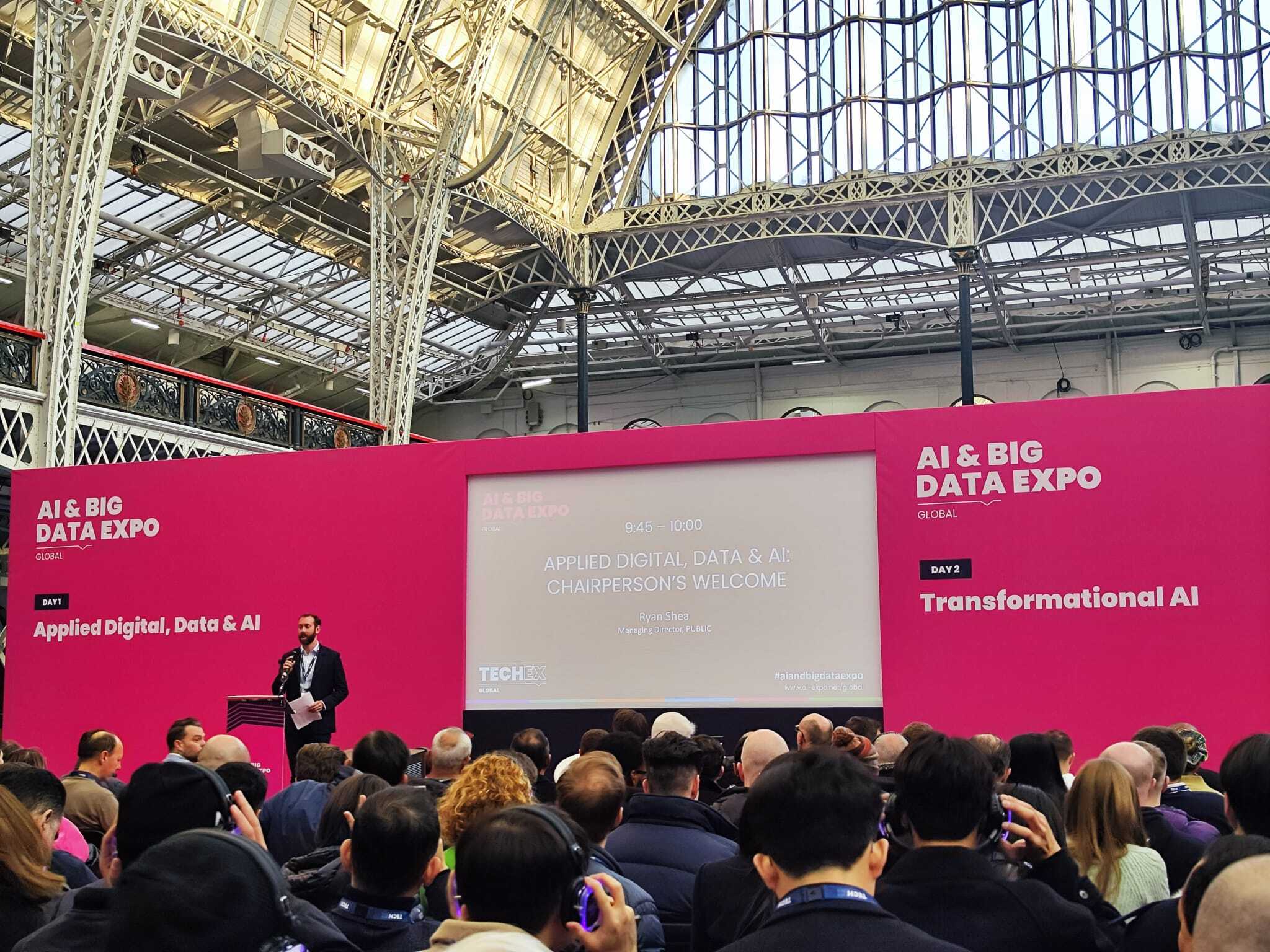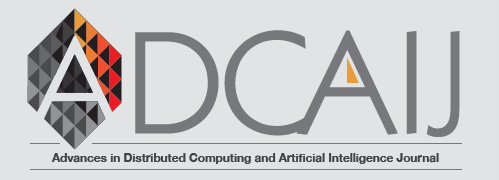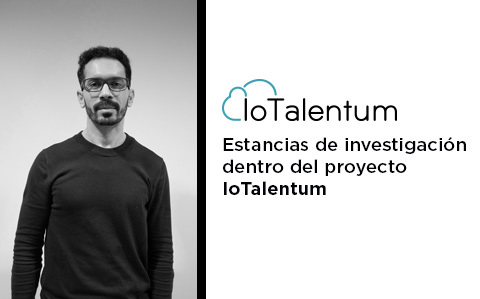Edge Computing and the Internet of Things (IoT) represent two fundamental pillars in today's technological evolution. Edge computing refers to the decentralisation of data processing, bringing it closer to where it is generated, rather than relying exclusively on remote servers.
The Internet of Things, on the other hand, focuses on the interconnection of everyday devices through the network, allowing them to share information and perform tasks collaboratively. These devices, ranging from household appliances to industrial sensors, collect data that can be analysed and used to make informed decisions.
The combination of Edge Computing and IoT enhances real-time data processing and analysis capabilities, enabling faster and more efficient decision making - two synergistic disruptive computing technologies that have already had a profound impact on a wide range of application areas, including connected Industry 4.0, precision and smart agriculture, robotics, transportation, energy and smart grids, healthcare and Fintech, among others.
Synergies between edge and IoT in such applications are enhanced with more cohesive operation and improved functionalities through advanced processing based on artificial intelligence (AI) methods: for example, edge architectures for processing IoT device data can be leveraged through federated learning methods (both hierarchical and P2P), to optimise local AI analytics models while providing greater privacy by restricting the communication of raw data outside edge nodes.

These synergies between edge techniques and architectures in IoT networks using AI have laid exceptional foundations for impactful advances in many areas. In this regard, researchers from the BISITE Research Group at the University of Salamanca and the AIR Institute are working on a special issue "Edge Computing in IoT Networks Based on Artificial Intelligence" in the "Internet of Things" section of the Sensors MDPI Journal.
The aim is to provide a platform for researchers to contribute findings on these technologies and establish synergies to further advance these joint disciplines and their application. Authors are therefore invited to submit high quality research papers on topics related to the internet of things (IoT) and industrial IoT; distributed sensor and actuator networks; edge computing, edge architectures; edge continuum (edge/fog/cloud computing); machine learning for IoT sensor networks; distributed learning AI methods and transfer learning.
Those interested in participating can submit their manuscripts until 30 January 2024. More details on other suggested topics and submission guidelines can be found here.



